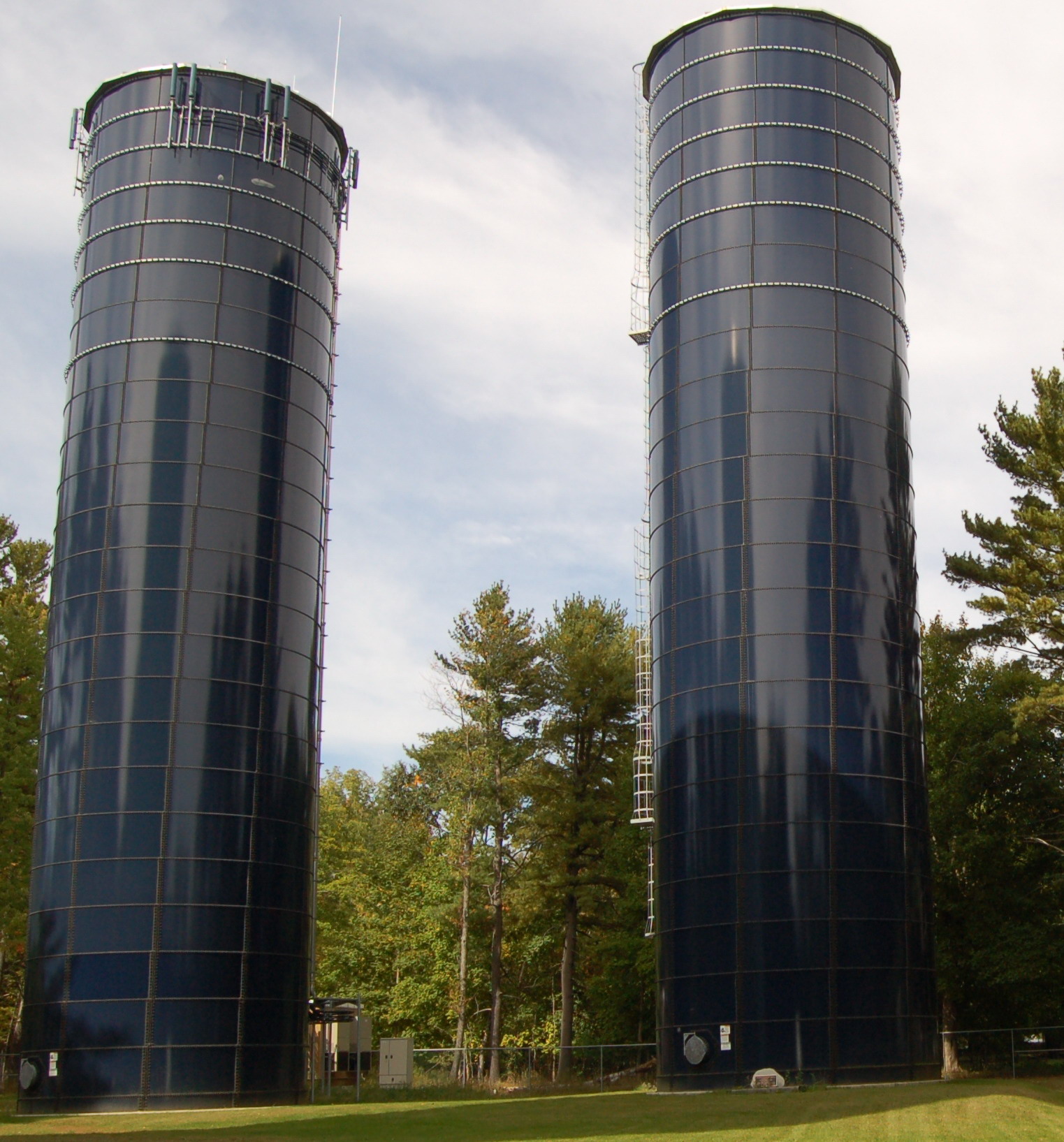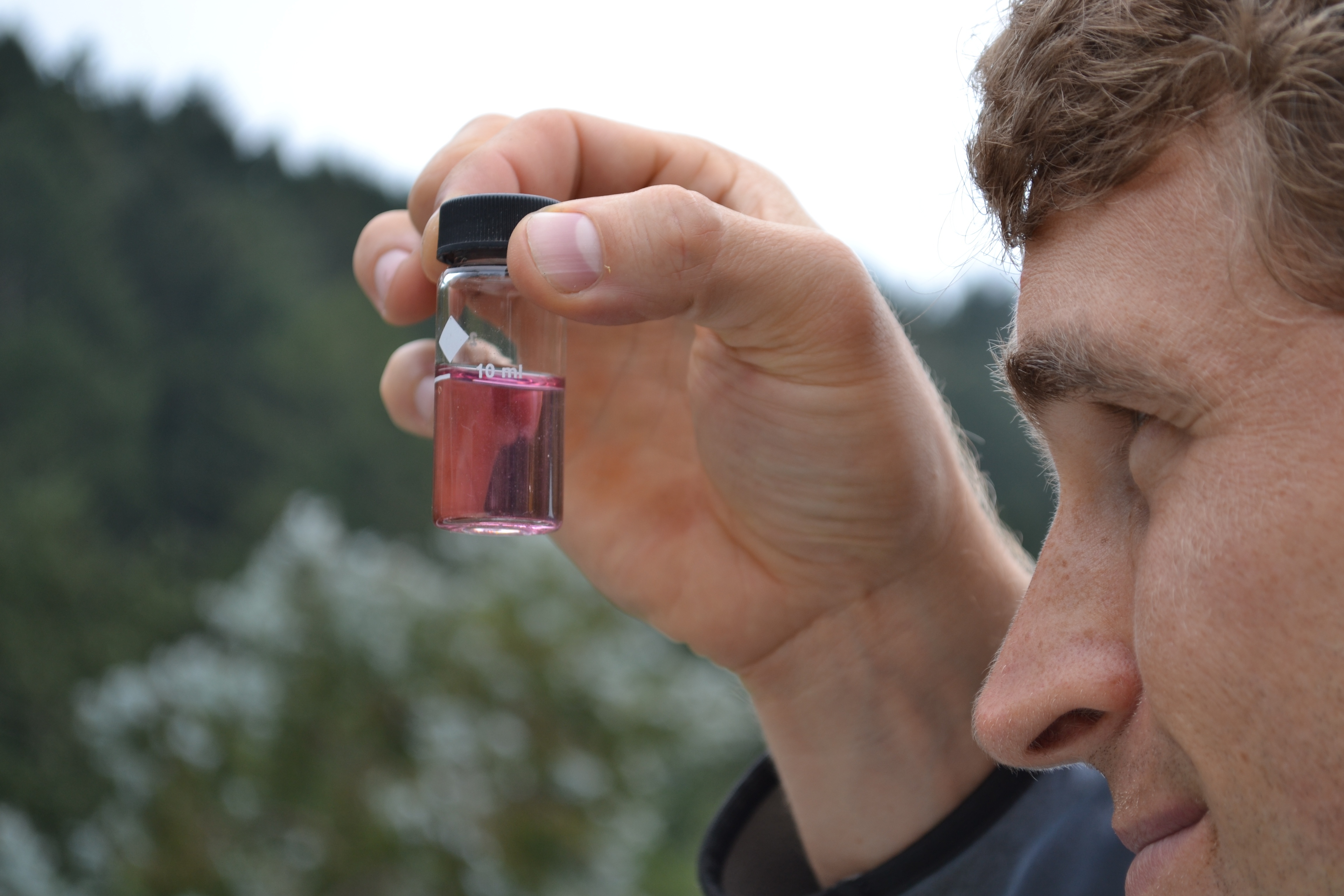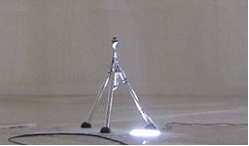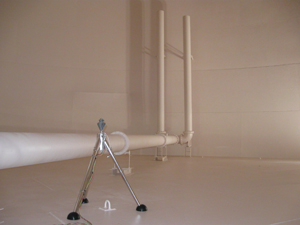A standpipe is a ground-supported storage tank with a height that is greater than its diameter. Its design helps generate storage and pressure with a low upfront cost compared to elevated tank geometries. While there are cost advantages to standpipes, its geometry is a liability: tall and skinny tanks naturally promote thermal stratification and harm water quality. Standpipes have a higher surface area to volume ratio – meaning that more surface area is exposed to heat from the sun, and there’s less volume inside the tank to absorb that heat. Additionally, the limited cross-sectional area of a standpipe makes it difficult to exchange heat between the hot water at the top of the tank and cold water at the bottom, resulting in thermal stratification. Below we have compiled four signs that indicate your standpipe is thermally stratified.
Read More
Topics:
active mixing,
eliminate stratification,
drinking water quality,
PAX Water Mixer,
storage tanks,
water circulation,
passive mixing,
mixing systems,
low turnover
When summer temperatures rise, chlorine demand inside storage tanks increases and water quality can degrade. Warm water temperatures, particularly at the top of the tank, increase biological growth, deplete residual disinfectant and increase the formation rate of disinfection by-products (DBPs). Thermal stratification also creates hot and humid conditions inside the headspace, greatly accelerating corrosion rates inside steel tanks. One effective solution to combat stratification and maintain disinfectant residual levels is active mixing. A powerful mixer eliminates thermal and chemical stratification inside tanks and reduces the growth of biofilms and DBPs. Below, we answered three common questions on maintaining residual disinfectant levels inside water storage tanks.
Read More
Topics:
active mixing,
eliminate stratification,
drinking water quality,
PAX Water Mixer,
storage tanks,
water circulation,
passive mixing,
mixing systems,
low turnover
Charles Fishman (author of The Big Thirst) wrote a piece for the Washington Post last month on “Five Myths About Water.” Number two on Charles’ myth list is “bottled water is better than tap water,” where he unveils that tap water is actually MORE closely monitored than bottled water and that in blind taste tests “people can’t reliably pick bottled from tap.” At PAX Water, Charles’ article got us thinking about some of the myths we’re trying to bust in the drinking water industry. Here are our top five:
Read More
Topics:
active mixing,
eliminate stratification,
drinking water quality,
PAX Water Mixer,
storage tanks,
water circulation,
passive mixing,
mixing systems,
low turnover
Just as electronic technologies have improved with time, technologies in the water distribution system have evolved from large and expensive pieces of equipment into smaller and more efficient solutions. Developed in the ‘80s, passive mixing systems use bulky nozzles with one-way valves to squirt water in different directions during the fill cycle. Because these mixers rely on the momentum of influent water, passive systems do not mix water once the tank is full or during the drain cycle and tanks re-stratify once the infill has stopped. A common workaround is forcing tank operators into a minimum turnover rate (which is both energy-intensive and expensive).
Read More
Topics:
PAX Water Technologies,
active tank mixing,
active mixing for water storage tanks,
PAX Water Mixer,
passive mixing




